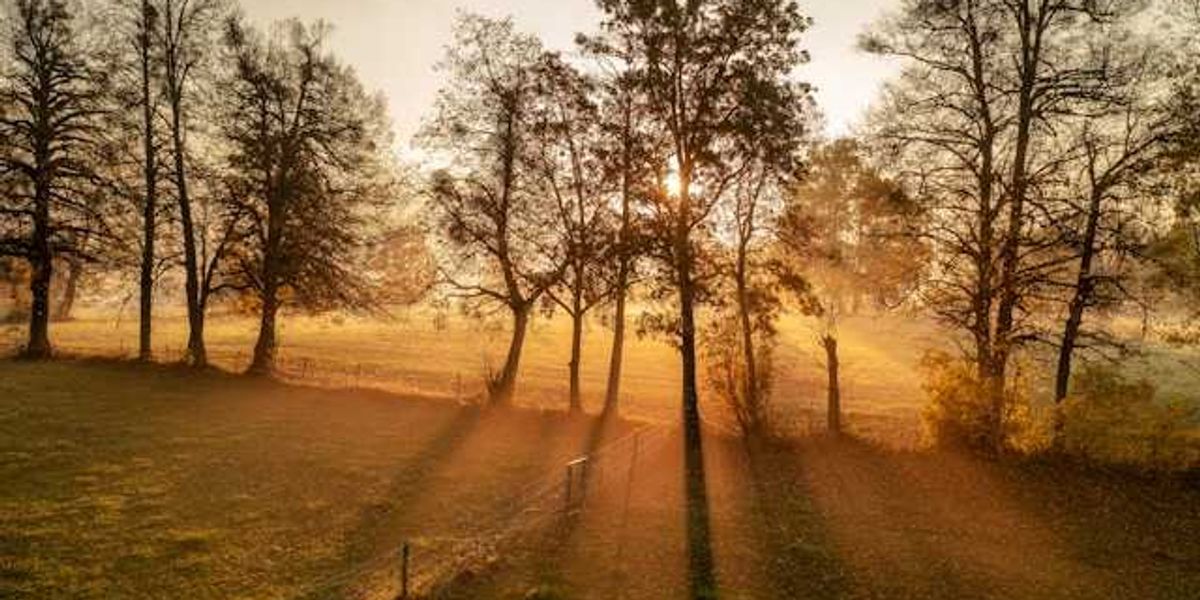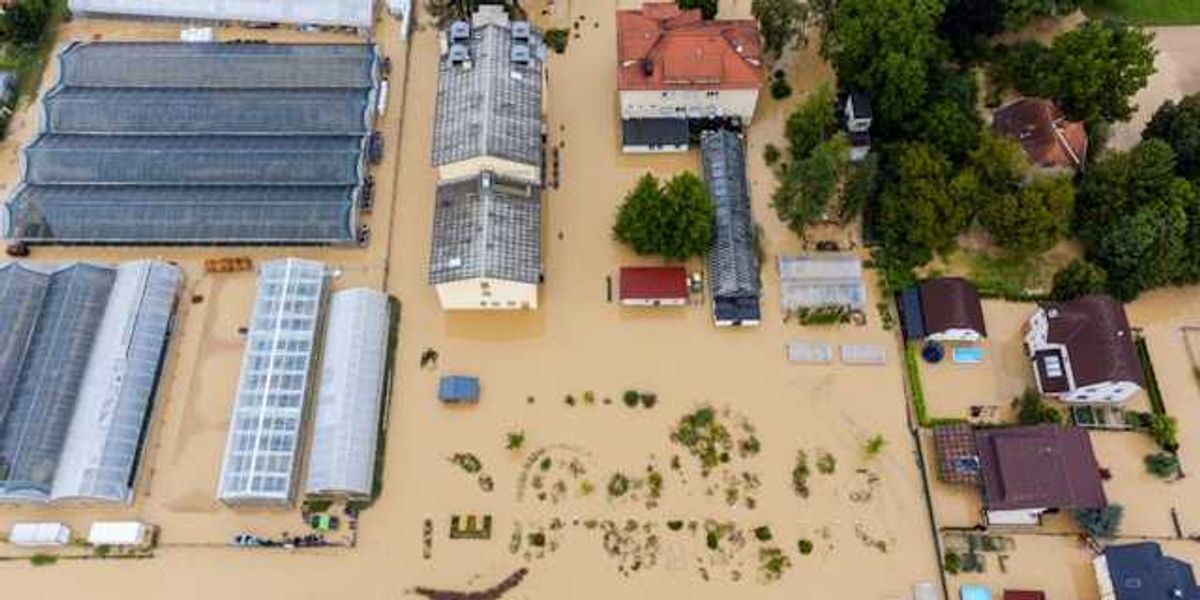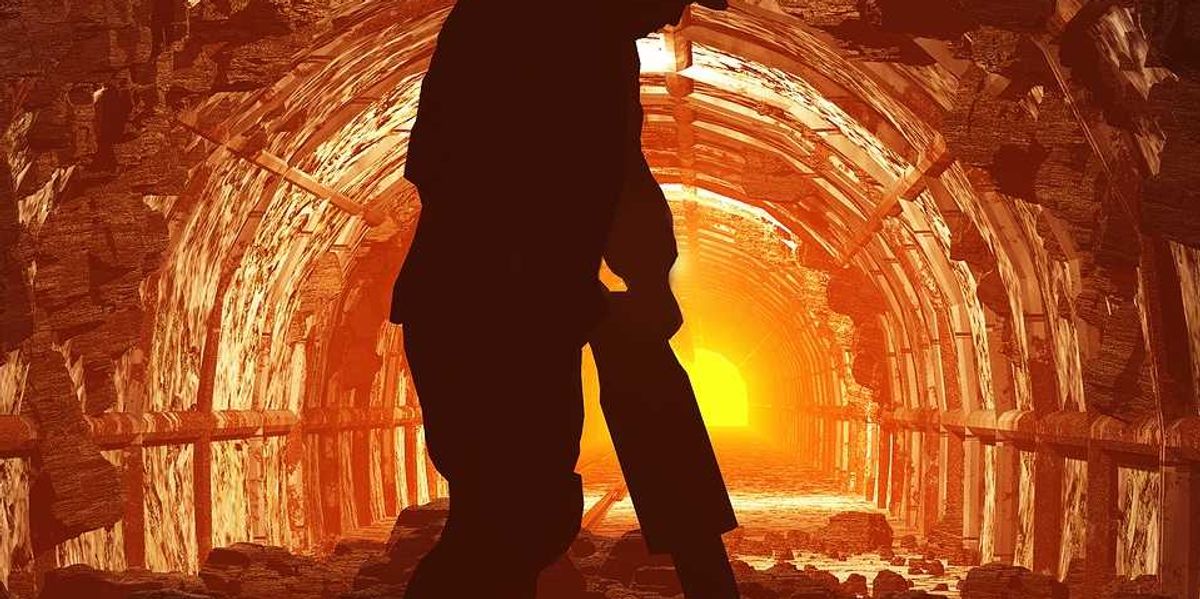Wildfire smoke from Canada worsens air pollution across central U.S. as alerts expand
Smoke from dozens of uncontrolled Canadian wildfires has drifted into the central U.S., triggering air quality alerts from North Dakota to Georgia and prompting warnings for people with health vulnerabilities.
Aria Bendix reports for NBC News.
In short:
- More than 90 out-of-control wildfires in Canada have released thick smoke that has blanketed the Midwest and Great Plains, with evacuation orders issued for about 17,000 people in Manitoba.
- States including Minnesota, Wisconsin, North Dakota, and South Dakota have issued air quality alerts, warning that conditions may be dangerous even for healthy individuals, particularly in areas with high pollution readings.
- Exposure to wildfire smoke has been linked to short-term health effects like asthma attacks and coughing, as well as long-term risks such as heart disease and lung cancer, with scientists citing climate change as a factor in the growing intensity of these events.
Why this matters:
As wildfires increase in size and frequency, so do the risks for people far removed from the flames. Tiny airborne particles from wildfire smoke — known as PM2.5 — can seep deep into the lungs and bloodstream, worsening asthma, triggering cardiac events, and increasing the risk of strokes. Pregnant people, infants, older adults, and those with respiratory or cardiovascular disease are especially vulnerable. The widespread drift of smoke from Canadian wildfires into the U.S. Midwest, Great Plains, and even parts of the Southeast is a clear reminder of how climate change is reshaping health risks across borders. Regions that rarely dealt with wildfires are now experiencing repeat air quality crises.
Learn more: LISTEN: Carlos Gould on wildfire smoke and our health













